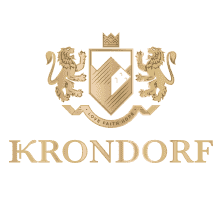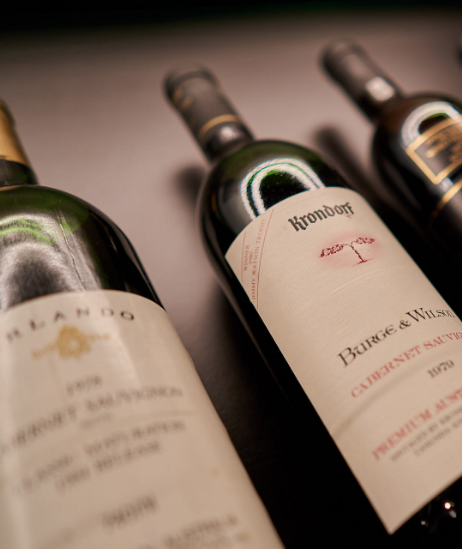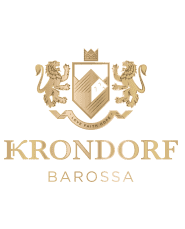A dream of Old Silesia
They spoke German, and believed in a life dedicated to hard work, the land and the praise of God. When they weren’t making wine, many of them worked as tradesmen and farmers.
Fruits of hard labour
Another family—the Falkenbergs—also came to Krondorf during that time, and began making wine in their hay barn on Krondorf Road, before establishing a winery they named Glenview. This began a tradition of ambition and reinvention, reflecting the pace, energy and optimism of the region.
Rising stars,
enduring traditions
Their greatest achievement came in 1980, when the Krondorf Cabernet Sauvignon 1979 won the prestigious Jimmy Watson Memorial Trophy at the Royal Melbourne Wine Awards. Today, we respect and build on the Krondorf legacy by continually developing our old vine resources and small batch winemaking. Led by Chief Winemaker, Tim Heath, we’re committed to showcasing the best of the Barossa regional style.




